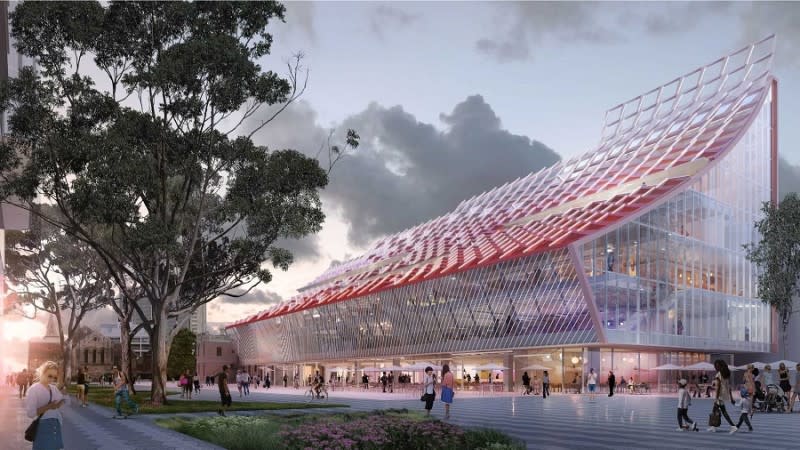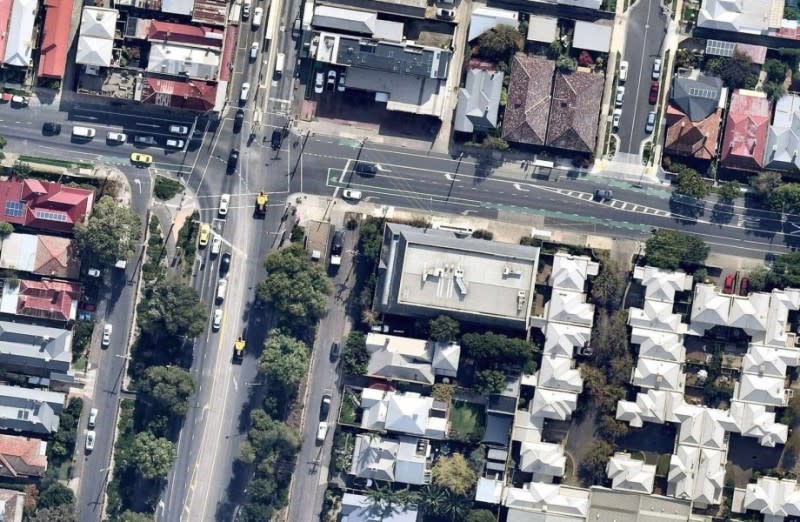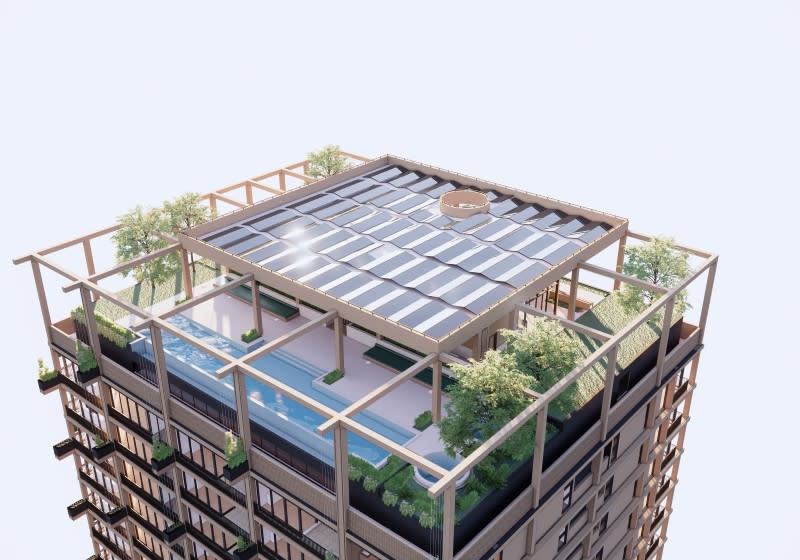Green Building Guide Helps Developers Opt Out Of Gas

The Green Building Council of Australia has released a guide to help developers electrify new buildings and achieve improved sustainability outcomes as the industry moves away from gas.
The move away from reliance on gas and growing market demand for sustainable building outcomes were major themes at the recent Green Building Australia conference in Sydney.
The guide provides information about how developers can engage with stakeholders, what sort of initiatives and design options there are, and how to determine what is feasible.
It also showcases several fully-electrified buildings and development projects with information about how the projects were designed, planned and communicated to stakeholders.
One of the projects showcased was Fraser’s Burwood Brickworks project in Melbourne.
The project, which bills itself as the world’s most sustainable shopping centre, has just received a 6 Star Green Star Design & As Built rating from the GBCA.
The centre has an embedded thermal and electricity network which includes a 1000kW solar PV array, generating more energy than it uses throughout the year.
The centre also uses responsibly sourced, low-VOC and Red List-free materials and an innovative water management approach which captures and uses all water which falls on the site.
Reviewing Environmental Product Declarations, using salvaged and high-recycled content materials and focusing on locally-sourced materials helped reduce embodied carbon emissions by half of what would be emitted by a comparison building.

Other case studies in the guide include the building at 5 Parramatta Street in Sydney and also the Nightingale 1 residential project in Melbourne which hosts induction inductions events with chefs for residents to inform them of the health benefits of cooking with electricity instead of gas.
Nightingale 1 also has a solar array to help generate power and arrangements to access green power at wholesale prices making it cheaper for residents to cover their energy costs.
The building was also designed to eliminate the need for air conditioning with high thermal insulation, a tight thermal envelope, passive ventilation and solar shading. Space heating is provided by heat pumps connected to hydronic heating.
The GBCA plans to cover how to retrofit renewable infrastructure into existing buildings in a future guide.
GBCA’s market transformation head Jorge Chapa said the guide would help walk developers through the entire process.
“What excites us about this guide is that not only does it showcase existing, all-electric buildings that are powered by renewable energy, it also demonstrates how all new buildings can reach that point,” Chapa said.
“As industry and community demand for these buildings grows, the technology is already successfully being used today.
“There is no reason all new buildings can’t be all-electric from now on."
The GBCA said that natural gas represents between 10 and 30 per cent of building GHG emissions and the electricity grid is decarbonising rapidly, while the decarbonisation of the natural gas network is unlikely in the foreseeable future.
Chapa said that there were many benefits to electrification with properties then becoming easier to upgrade.
“An all-electric building comes with many benefits—from easy access to renewable energy, to healthy spaces for occupants,” said Chapa.
“As we move into a decarbonised world, all-electric buildings are future-proofed from having to be refurbished to eliminate outdated technologies.
“They have less risk of becoming stranded assets.”
The guide was funded by the CEFC and the New South Wales’ Department of Planning and Environment with Cundall providing technical information.
Cundall partner David Clark said the market demand for sustainable property was increasing.
“Our clients want reliable, cost-effective, low carbon solutions, and we know these solutions work,” Clark said.
“What has been holding many developers and asset owners back has been lack of clear and practical guidance that will support decision-making and alleviate concerns with moving away from yesterday’s normal.
“All-electric buildings will soon be the new normal.”

The most recent carbon neutral project is Hip v Hype’s latest project, Westgarth and High at 48 High Street in the inner-Melbourne suburb of Northcote.
The project plans before the City of Darebin council propose 22 carbon-neutral units and target an 8-star Nathers rating.
It will use 100 per cent renewable energy sources within the building. All of the building's infrastructure will be electric.
Hip v Hype founder Liam Wallis said that both the company and the community were keen on sustainable properties that had as little adverse impact on the environment as possible.
“We know there’s an appetite in the community for housing that drives the kind of positive impact our cities deserve,” Wallis said.
“Our proximity to natural assets, such as the Merri Creek parklands, are a constant reminder of the value natural resources can bring to a community.
“Our aim is to always create buildings that serve us, rather than detract from the living systems that we’re a part of.”
The developer has done it before too—its previous development Ferrars and York in South Melbourne currently under construction also have 22 carbon-neutral units and an 8.6 Nathers rating.
The Ferrars and York project is scheduled for completion in mid-2022.

Other recent developments targeting neutral or reduced carbon include Aria Property Group’s South Brisbane Trellis apartment tower project, which has its plant on a mezzanine level to make as much space as possible for solar power panels to generate enough power for the building’s communal areas.
Electrification is not the only means of achieving sustainability—Aria’s Treehouse project is planting 70 mature trees throughout the tower, which will assist with energy savings by cooling the building.
Aria Property Group’s development director Brent Liddell agreed that there was demand for future properties aiming to become more sustainable.
“We are seeing a shift in the demand for sustainability,” he said.
“Going full electric is the future.”















